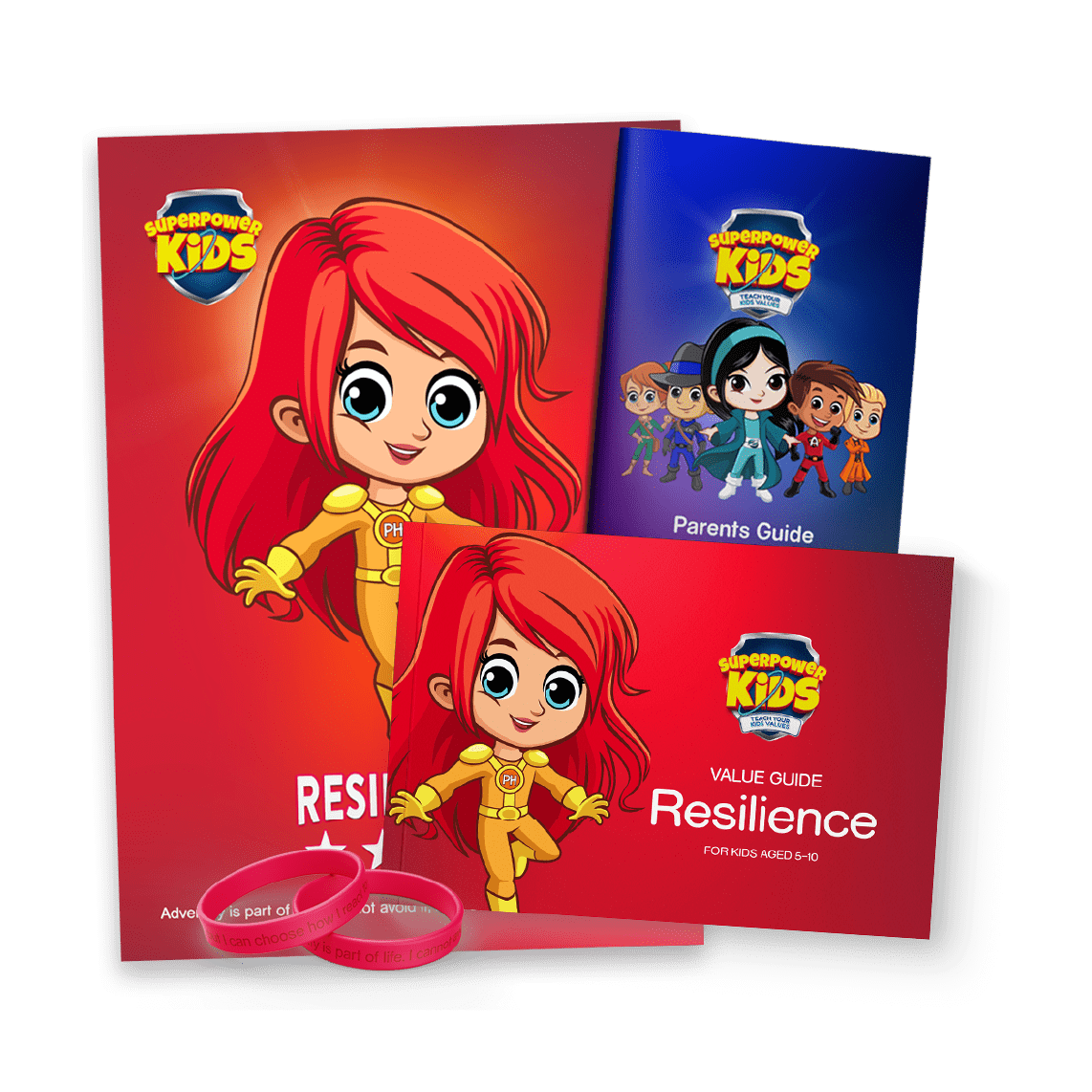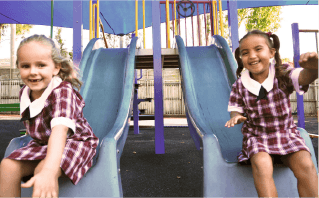
Building resilience in children is something that should never be taken lightly when it comes to childhood development. Though childhood is often seen as a carefree time to grow and mold into the person they want to become, this does not mean that they are shielded against emotional hurt, challenges, and trauma during the journey. Academic hardships, bullying, personal struggles at home, and generally living in a complex world, can all weigh on them and ultimately, impede their development.
But the thing is that you, as the parent, do not have to sit back or label yourself as the sole protector for them every time something negative comes their way. Instead, work on raising resilient children can give your child(ren) the best tools and cognitive foundation to thrive regardless of what challenges might arise in childhood and beyond.
What Is Resilience?
By definition, resilience is the ability to “bounce back” from adverse life events or stressful challenges. Developing resilience in children cultivates their young minds to be braver, more adaptable, curious, and more effective in dealing with adversity, which they are sure to face. They will unearth what is called an “internal locus of control,” which is a self-reliance and acknowledgment that they are capable to effecting outcomes in their life. In short, they will see themselves as capable of determining their own fate.
According to the Harvard Graduate School of Education, resilience is taught and built throughout life. It is not something that is innate or a resource that can be used up over time.
Childhood Mind Is an Open Gateway – Leverage It
As noted above, anyone can learn how to be resilient. But learning how to build resilience in children is the most effective way to make resilience stick because children are content sponges. According to Columbia University, children are learning machines. They absorb experiences faster than adults because their brains’ prefrontal cortex (where memory is stored) is not as developed as adult brains.
Adults have what is called “functional fixedness,” whereas children are more creative and inventive. Their minds are literally designed to learn and discover new things, which is another reason they can grasp new languages much faster than adults.

Interested in the Value of Resilience?
Follow Phoenix on her journey and teach your child the value of Resilience.
How to Build Resilience in Children
If you acknowledge the powerful benefits of resilience and want to help your child build their capacity, that’s fantastic! They will surely appreciate it now and well into their adult lives. There are several ways you can get started. Here are some of the more promising ones to start incorporating:
- Allow Them to Express and Release Their Emotions: Holding in those stresses only harms their mental and physical health. Because of that, give your child the freedom to express their emotions and feel safe sharing them instead of keeping it bottled in. Then offer suggestions and more optimistic perspectives for how they address their underlying issues.
- Talk to Them About Change: Let your child know early on that life is always evolving and changing. Though sometimes change might feel hard, they are strong and can adapt to anything as it comes. Reinforce that change does not equate to having to give up on initial goals, but merely means that they will need to create different paths to reach them.
- Let Them Make Mistakes: It can be hard as a parent to watch your child make mistakes and resist the urge to step in and save them. However, let them make their own mistakes and give them the space to try to resolve it on their own first. If they ask for help, let them know that they did not fail, and show them the concept of brainstorming alternative ways to succeed in what they were trying to accomplish.
- Encourage A Positive Attitude: Continuously remind your child to be a good friend, person, sibling, and show respect towards others. Help them build an optimistic attitude that overpowers the negativity that surrounds them from time to time. Teach them to position their mindset to approach obstacles in productive, positive ways.
Conclusion: The Resilience Mindset
Resilience has undoubtedly become a popular word today. But it deserves to be based on the data. As parents, it’s natural you want nothing but the very best for your kids. You want them to be happy, healthy, independent and confident in taking on the world. Helping them early to build a resilience mindset will pay immense dividends now and long into their future. The benefits of resilience are like tentacles that’ll thread through every aspect of your child’s life, including their relationships, learning ability, self-esteem and confidence. It really is an invaluable gift to give them.
And always remember, though raising resilient children can be an excellent goal, never forget to let your child(ren) know that no matter what, it is still okay to ask for help when they need it.
The Superpower Kids Resilience program is an effective and engaging way to develop your child’s resilience. Whilst fun and interactive, it incorporates powerful social and emotional learning strategies, along with weekly gamified activities.





